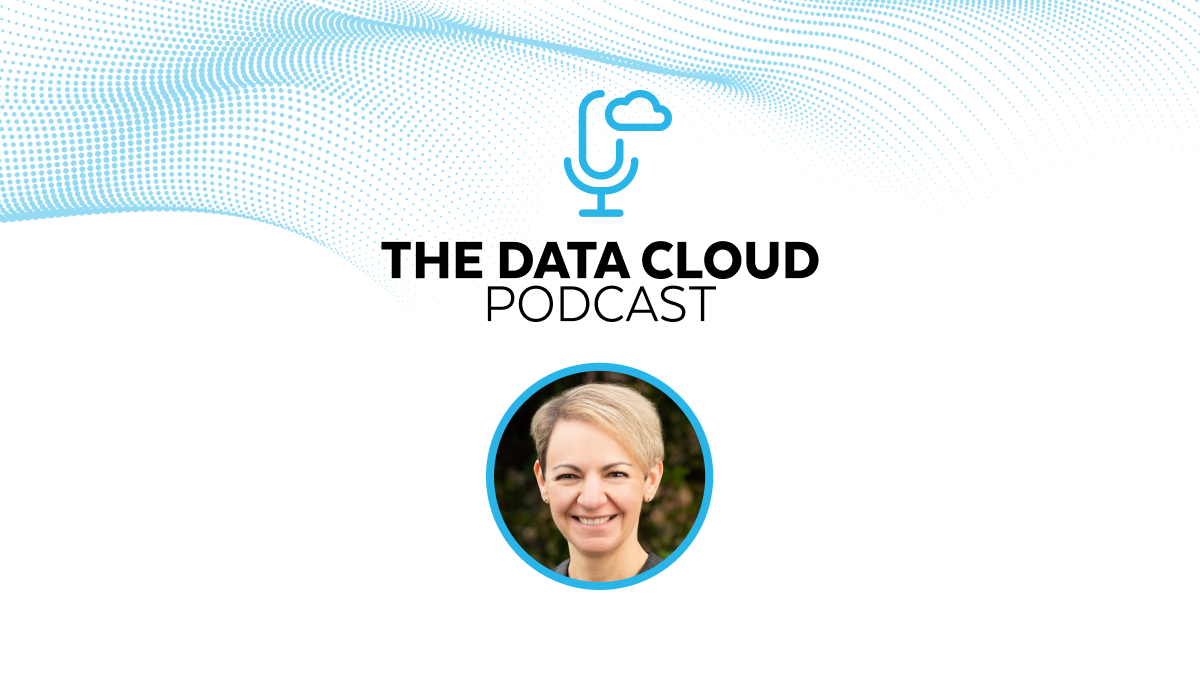As Vice President of Data at Saks, the premier digital platform for luxury fashion, Veronika Durgin is responsible for the company’s data strategy. In a recent episode of The Data Cloud Podcast, she talks about how Saks uses Snowflake to keep its operations agile and explains the benefits of adopting a Data Vault methodology.
In business for nearly a century, Saks Fifth Avenue is known for providing its customers with a unique luxury shopping experience, whether in its 40 different North American store locations or online. In 2021, the organization spun off its ecommerce business as a standalone operation. Saks, the ecommerce business, and SFA, the retail stores business, have overlapping ownership, and work closely together via an exclusive partnership. For example, Saks ecommerce customers can buy online and pick up their purchases in SFA stores. If needed, they can return fashion goods to a physical store location as well as access in-store services, such as alterations.
“From our perspective, where a customer engages with us, whether it’s via Saks.com or in Saks Fifth Avenue stores, makes no difference in how we treat data,” says Durgin. “We take a holistic approach to the customer journey by leveraging all of the data that we have to ensure our customers are served seamlessly across the entire Saks Fifth Avenue ecosystem.”
Durgin started her career as a database administrator, where she focused on performance optimization and tuning of on-premises systems. In moving to the cloud, which offers almost infinite scalability, she continues to look at optimization prior to adding more computing resources. “Having firsthand experience of how difficult it was to accomplish many things in the past makes me very excited for the modern data stack,” she says. “Snowflake and other tools have removed a lot of constraints that we, as engineers, had to deal with in the past.”
Prior to the spinout of its ecommerce business, Saks was already using Snowflake as its data platform and lifting-and-shifting data from its on-premises systems to the Data Cloud. “Our Saks Fifth Avenue brand is renowned and nearly 100 years old. Today, we are capitalizing on the strength of our brand while operating through a digital, data-first lens,” Durgin said. Following its separation into two sister companies, Saks decided to build its data stack from scratch to take full advantage of all of the functionality of Snowflake and of cloud computing.
The Snowflake Data Cloud is the central data platform at Saks, enabling the company to host its data, both raw and model data, in a single place for easy, secure access. “This will truly improve our Marketing, Merchandising, and Planning teams’ ability to browse and discover company data,” Durgin says. “It allows us to reconcile and validate data, conduct historical analyses, support our machine learning efforts, and positively impact our personalization capabilities and customer experience through access to auditable and understandable data.” Saks also uses Snowflake data sharing to add relevant third-party data to its data platform. Durgin is eager to explore the latest innovations coming to the Data Cloud, including the Unistore workload and Iceberg Tables (both currently in private preview).
Data modeling is an important concept in data analytics and data management. Durgin notes that some modeling techniques have been around for years but many companies are only just discovering them, a process she describes as “what’s old is new again.” Data Vault is one example of a powerful end-to-end methodology that Saks uses and that Durgin first learned about from the Snowflake blog.
“I feel like building a Data Vault on Snowflake is what gives that approach a turbo button where, together, they make each other shine,” she says. “What’s awesome is when we put old, proven patterns together with new capabilities—this is where the magic happens.” Including architecture and methods of delivery alongside data models, Data Vault was developed to help organizations address issues around agility, flexibility, and scalability.
The Data Vault methodology allows users to take a business-first and highly flexible approach to modeling. “As data professionals, we are so used to diving into specific source systems that we may forget to talk to our business users and understand how the business works,” Durgin says. “Once we model our business, we can append any source of data to fit into our business model.”
Data Vault is also pattern-based so it can be automated and is historical and auditable. “We take all the data as it is, and we can always go back and see how things were at a particular point in time,” Durgin said. “What makes Data Vault shine even brighter with Snowflake is Snowflake’s ability to store an enormous amount of data and scale compute so we can run multiple processes in parallel. We can store a lot of data cost effectively.”
The Data Cloud is a podcast hosted by award-winning author and journalist Steve Hamm. For each episode, Hamm speaks with a data leader to learn how they leverage the cloud to manage, share, and analyze data to drive business growth, fuel innovation, and disrupt their industries. You can listen to more episodes here.
